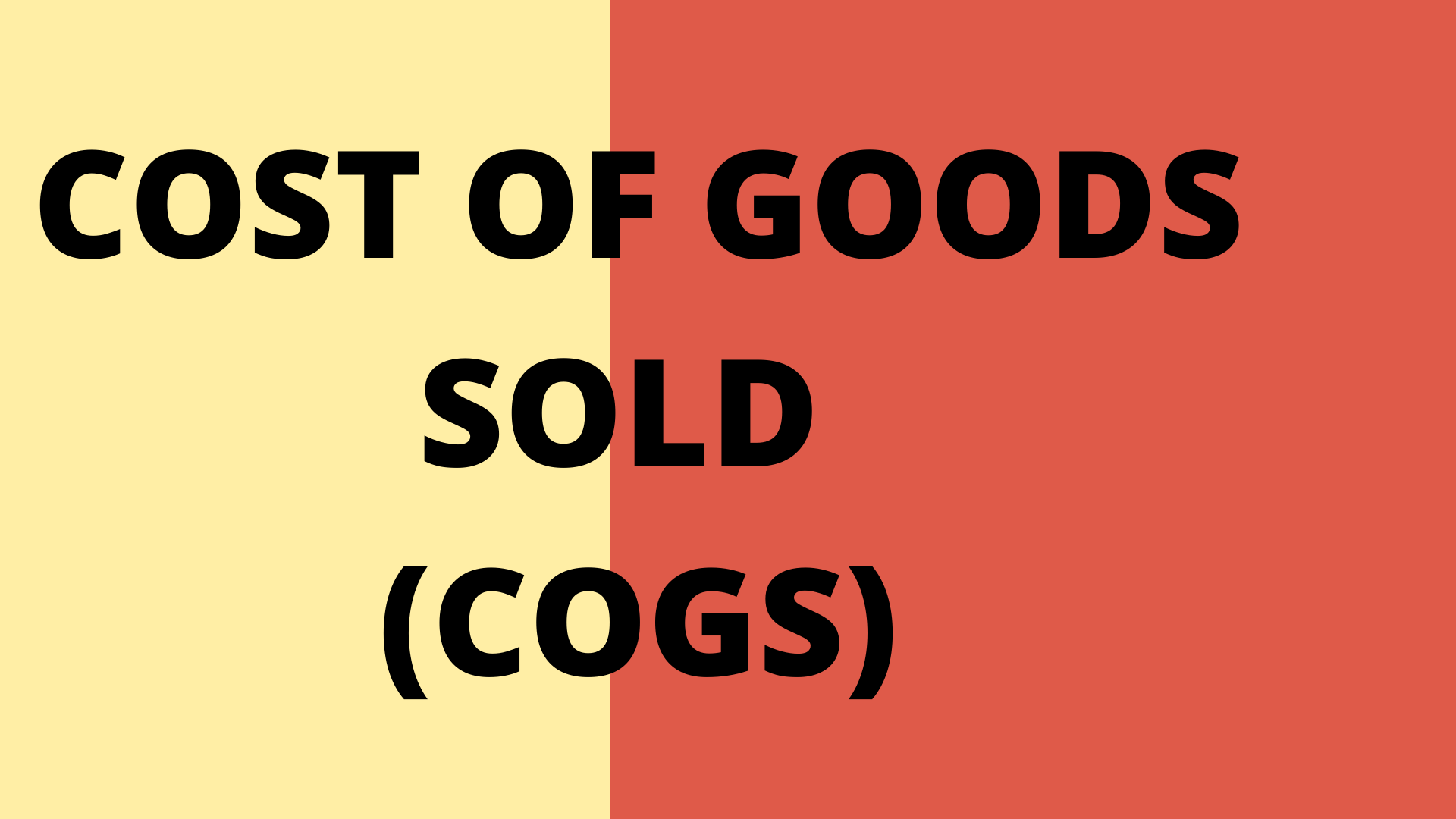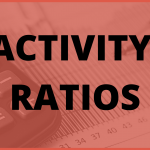Also Like:
| Module D Q146 to Q160 Watch Video Download PDF |
Module D Q136 to Q145 Watch Video Download PDF |
||
|---|---|---|---|
ABOUT US
Learning Sessions was Established in 2015 with an idea to serve the bankers. We grew with a 100 of users with now 3,00,000+ satisfied customers.
Contact us: banishagupta2099@gmail.com
Whatsapp: 8360944207





